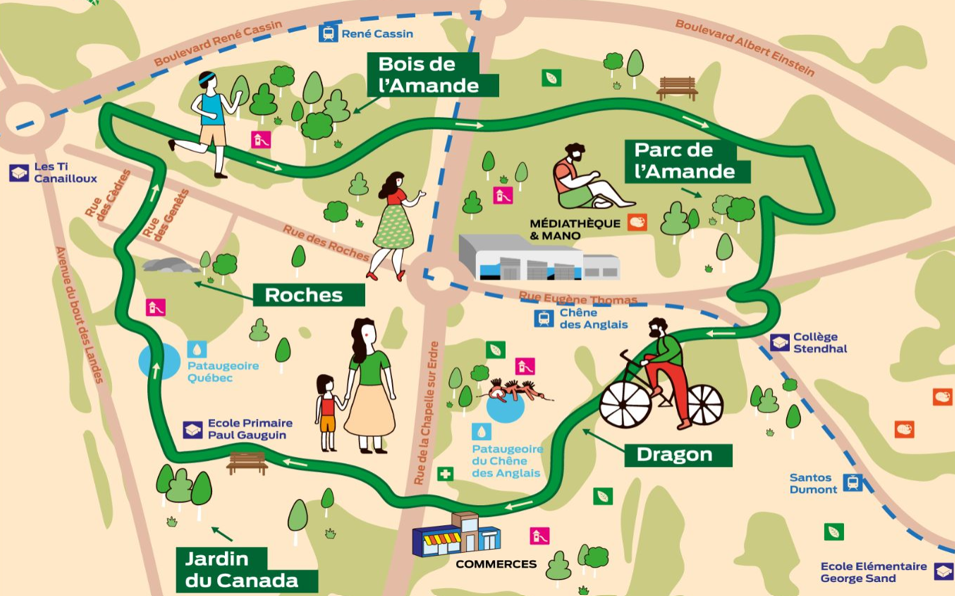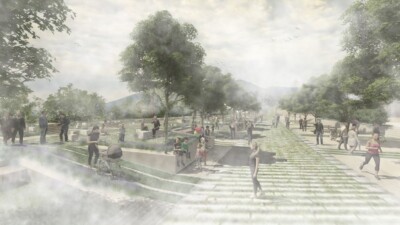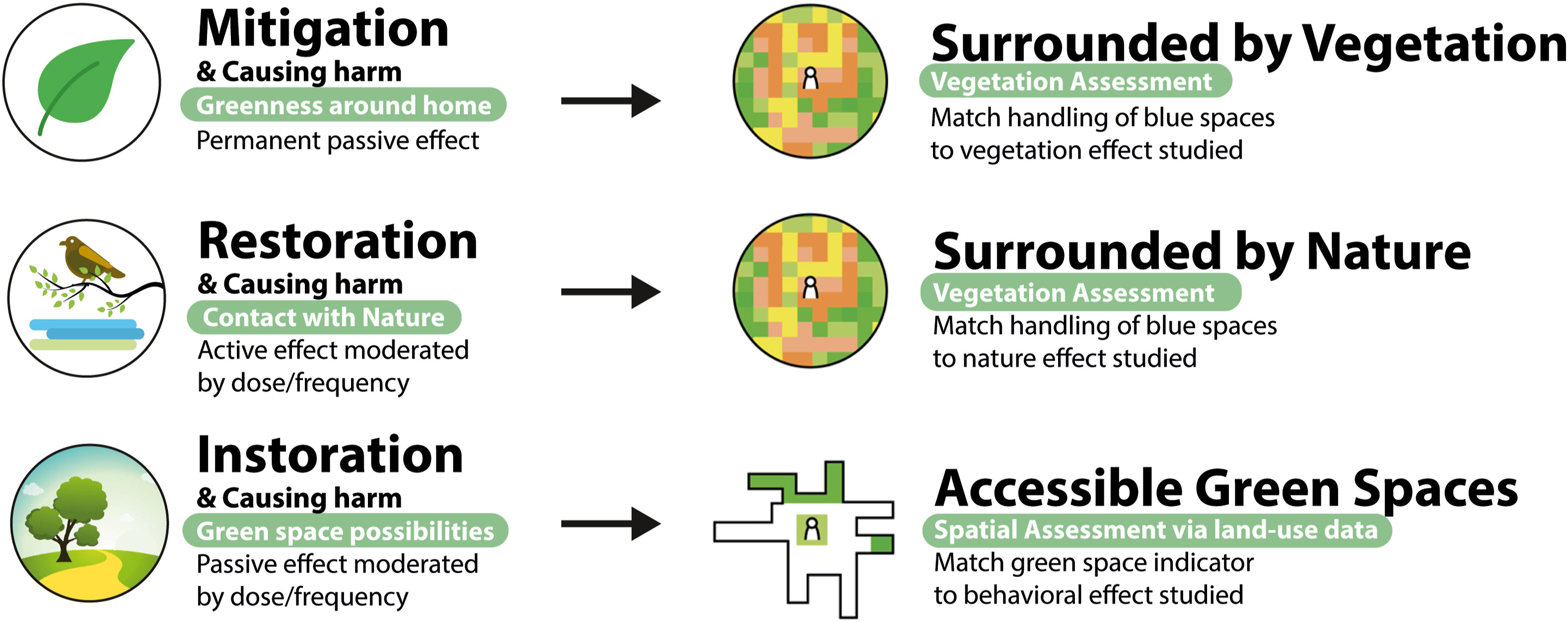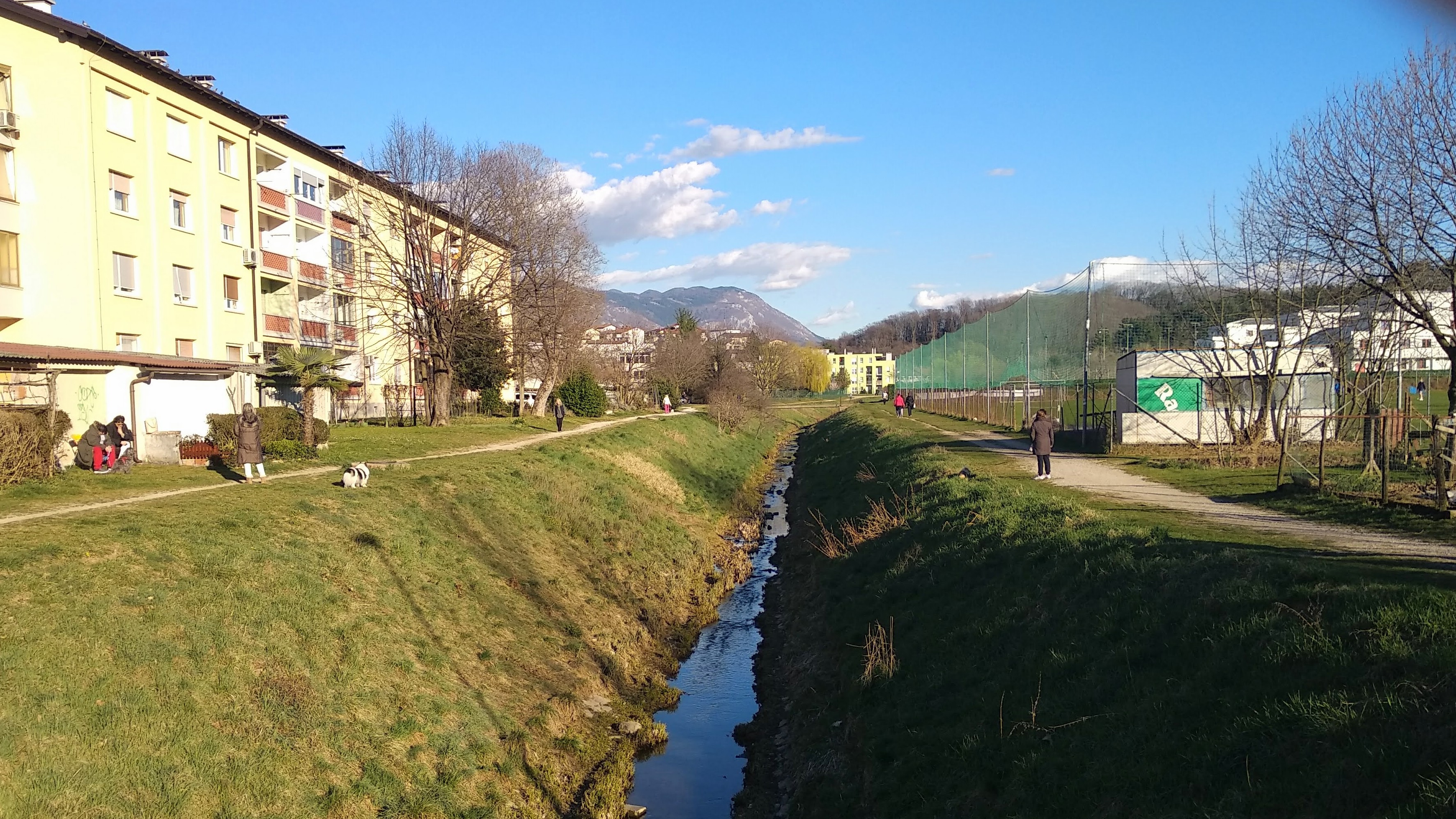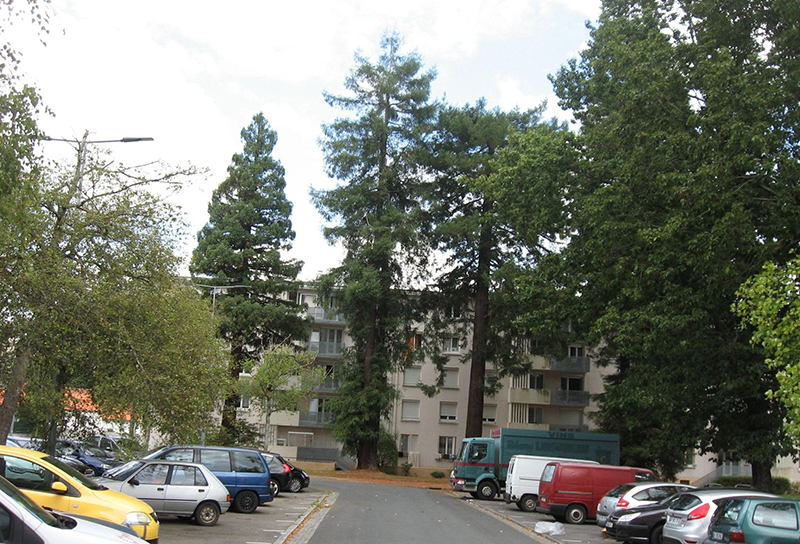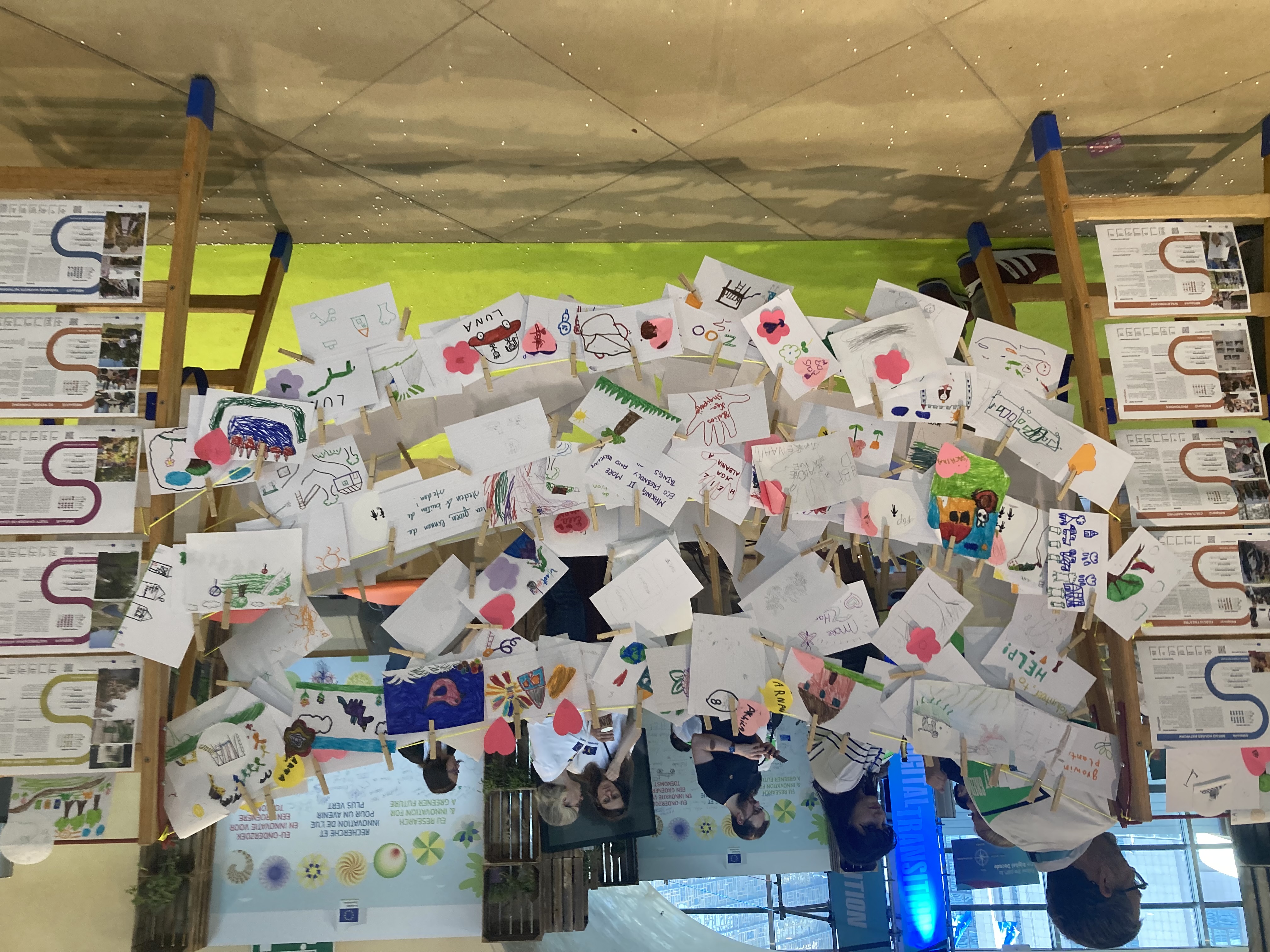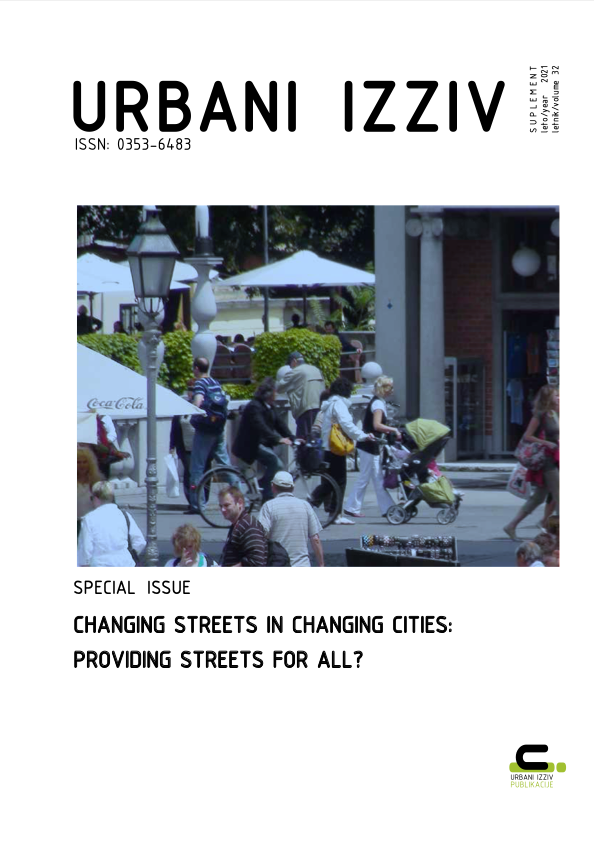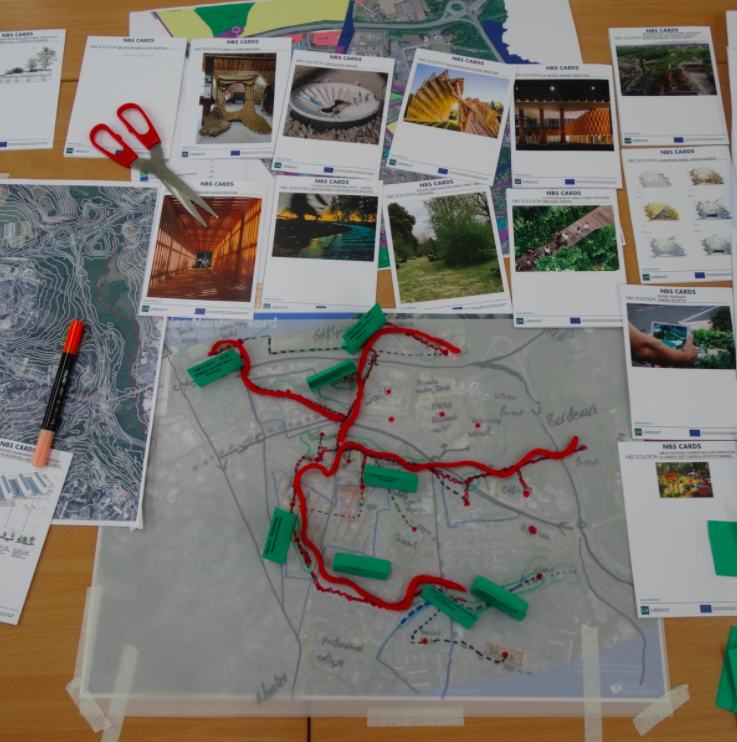Cultural Mapping
CHALLENGES ADDRESSED
Score impact
Nature
Wellbeing
Health
Mobility
Participation
Economy
DESCRIPTION
Methodological tool in participatory planning and community development, it makes visible the ways that local cultural assets, stories, practices, relationships, memories, and rituals constitute places as meaningful locations.
Process of collecting, recording, analyzing and synthesizing information to describe the cultural resources, networks, links and patterns of usage of a given community or group, also strategically used to bring stakeholders into conversation.
Flexible according to the objectives, purpose and what one wants to map. E.g. facilities, organizations, stories of places, historical sites, for the past (memories and landmarks) or for the future (aspirational mapping), for the community or for outsiders.
It can be combined with approaches such as footprint of women (gender), forbidden cities (safety), asset-based community development (community assets), arts.
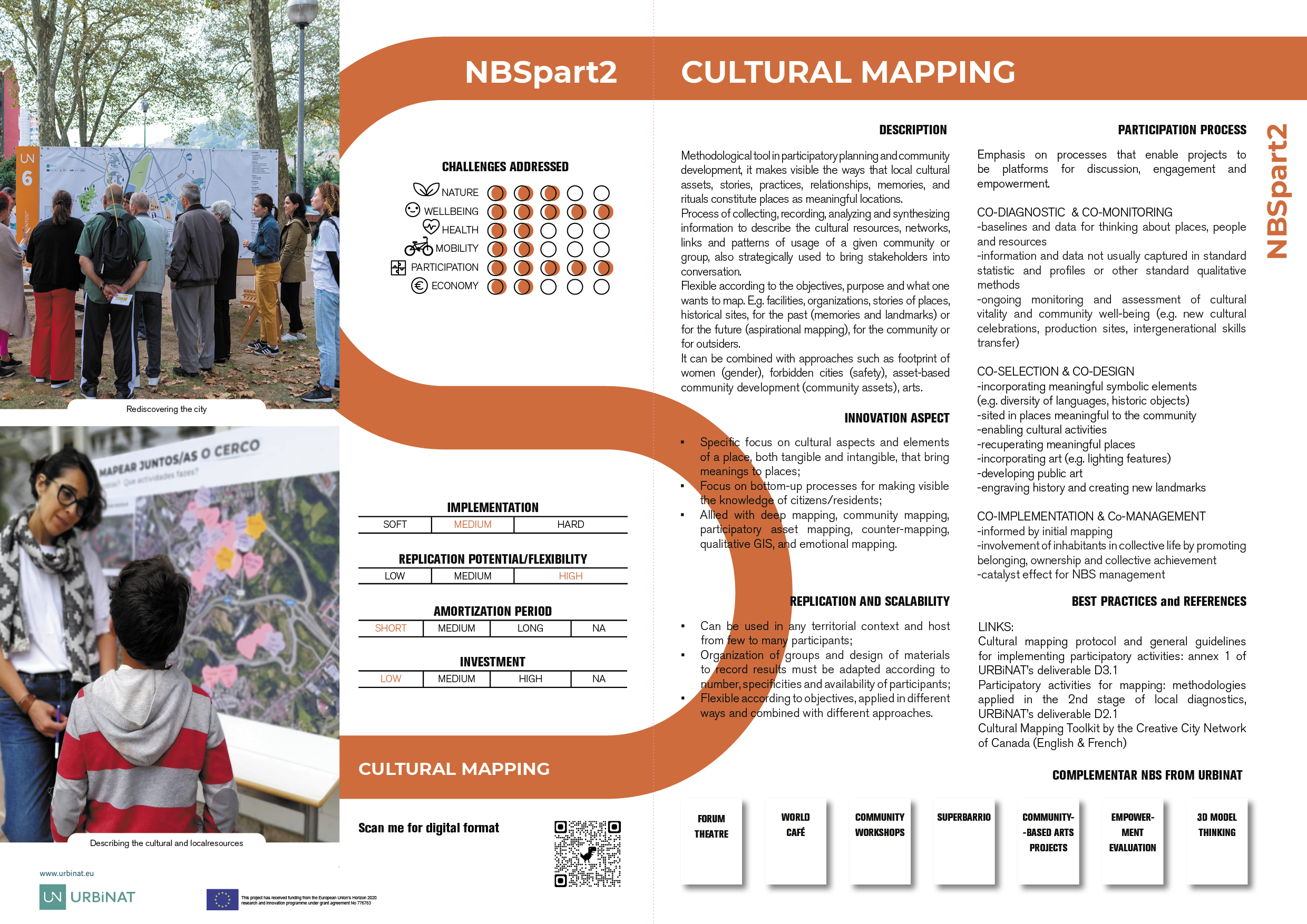
[NBS Card] Cultural Mapping
Methodological tool in participatory planning and community development, it makes visible the ways that local cultural assets, stories, practices, relationships, memories, and rituals constitute places as meaningful locations.
Process of collecting, recording, analyzing and synthesizing information to describe the cultural resources, networks, links and patterns of usage of a given community or group, also strategically used to bring stakeholders into conversation.
Flexible according to the objectives, purpose and what one wants to map. E.g. facilities, organizations, stories of places, historical sites, for the past (memories and landmarks) or for the future (aspirational mapping), for the community or for outsiders.
It can be combined with approaches such as footprint of women (gender), forbidden cities (safety), asset-based community development (community assets), arts.
INNOVATION ASPECT
• Specific focus on cultural aspects and elements of a place, both tangible and intangible, that bring meanings to places;
• Focus on bottom-up processes for making visible the knowledge of citizens/residents;
• Allied with deep mapping, community mapping, participatory asset mapping, counter-mapping, qualitative GIS, and emotional mapping.
REPLICATION AND SCALABILITY
• Can be used in any territorial context and host from few to many participants;
• Organization of groups and design of materials to record results must be adapted according to number, specificities and availability of participants;
• Flexible according to objectives, applied in different ways and combined with different approaches.
PARTICIPATION PROCESS
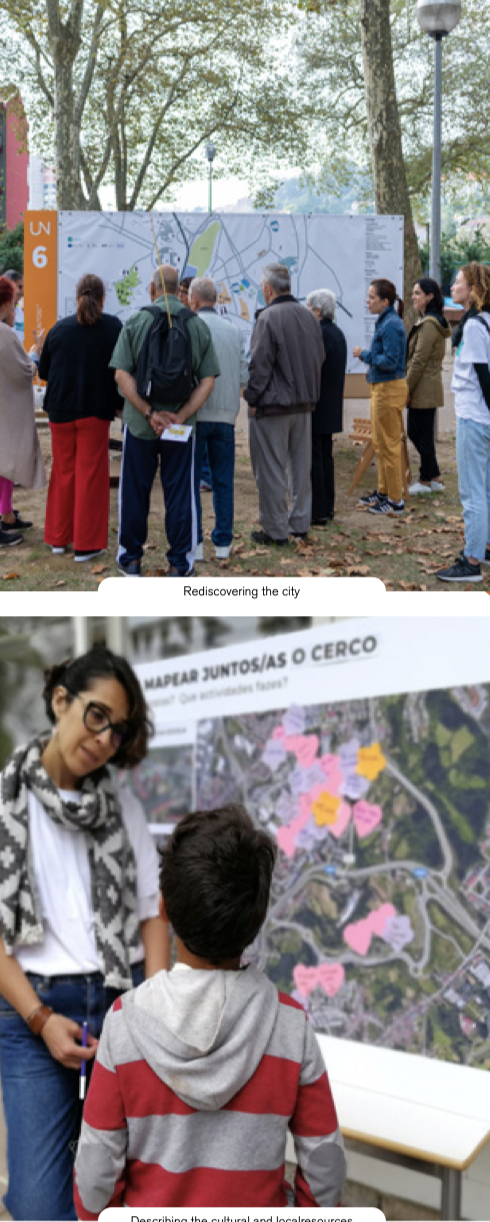
-
1
CO-DIAGNOSTIC & CO-MONITORING
-baselines and data for thinking about places, people and resources
-information and data not usually captured in standard statistic and profiles or other standard qualitative methods
-ongoing monitoring and assessment of cultural vitality and community well-being (e.g. new cultural celebrations, production sites, intergenerational skills transfer)
-
2
CO-SELECTION & CO-DESIGN
-incorporating meaningful symbolic elements (e.g. diversity of languages, historic objects)
-sited in places meaningful to the community
-enabling cultural activities
-recuperating meaningful places
-incorporating art (e.g. lighting features)
-developing public art
-engraving history and creating new landmarks
-
3
CO-IMPLEMENTATION & Co-MANAGEMENT
-informed by initial mapping
-involvement of inhabitants in collective life by promoting belonging, ownership and collective achievement
-catalyst effect for NBS management
Best Practices and References
LINKS:
Cultural mapping protocol and general guidelines for implementing participatory activities: annex 1 of URBiNAT’s deliverable D3.1 Participatory activities for mapping: methodologies applied in the 2nd stage of local diagnostics, URBiNAT’s deliverable D2.1 Cultural Mapping Toolkit by the Creative City Network of Canada (English & French)


